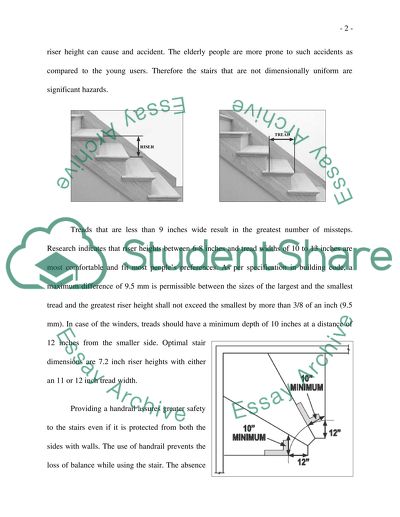Cite this document
(“Stairs Design Essay Example | Topics and Well Written Essays - 1000 words”, n.d.)
Retrieved from https://studentshare.org/miscellaneous/1506387-stairs-design
Retrieved from https://studentshare.org/miscellaneous/1506387-stairs-design
(Stairs Design Essay Example | Topics and Well Written Essays - 1000 Words)
https://studentshare.org/miscellaneous/1506387-stairs-design.
https://studentshare.org/miscellaneous/1506387-stairs-design.
“Stairs Design Essay Example | Topics and Well Written Essays - 1000 Words”, n.d. https://studentshare.org/miscellaneous/1506387-stairs-design.


